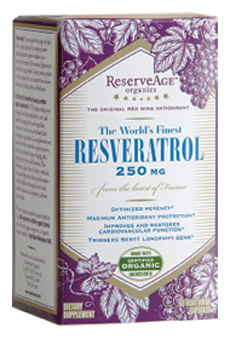
Tartlets with four different flavors of
Curdelicious fruit curd: An easy and very
satisfying dessert. Guests will clamor for
more! Photo by Hannah Kaminsky | THE
NIBBLE. |
|
Do you use fruit curd? Lemon curd is perhaps the most familiar variety, a creamy spread made with sugar, eggs and butter (in the richer recipes), flavored with lemon juice and often the zest (Curdelicious uses the oil from the peel fruit instead of the zest). Then, there are siblings lime curd and orange curd. Apart from the citrus family, you can find raspberry curd, strawberry curd, cranberry curd and others. We expect to stumble upon pomegranate curd any day now.
Fruit curd is refreshingly tart, as opposed to more sugary jams and preserves. The butter creates a smoother and creamier texture than jam. But if you only use fruit curd as an alternative to jam on toast, scones and croissants, you’re missing out.
Curd can be used to fill tart shells and meringues for easy, elegant desserts; and as a garnish for other desserts (pound cake, for example). You can make parfaits with curd, fill crêpes, top pancakes and waffles, make cookie sandwiches and substitute for custard. (Unlike lemon custard, for example, lemon curd contains more lemon juice and zest, which gives it a more piquant flavor as a cake filling.) There are many more uses, which we’ll explore in the full review.
Curdelicious makes everything more delicious, with fruit curds in lemon, orange, lime and raspberry. Read the full review below, and share your favorite fruit curd recipes with us. We may add them to this article! |


